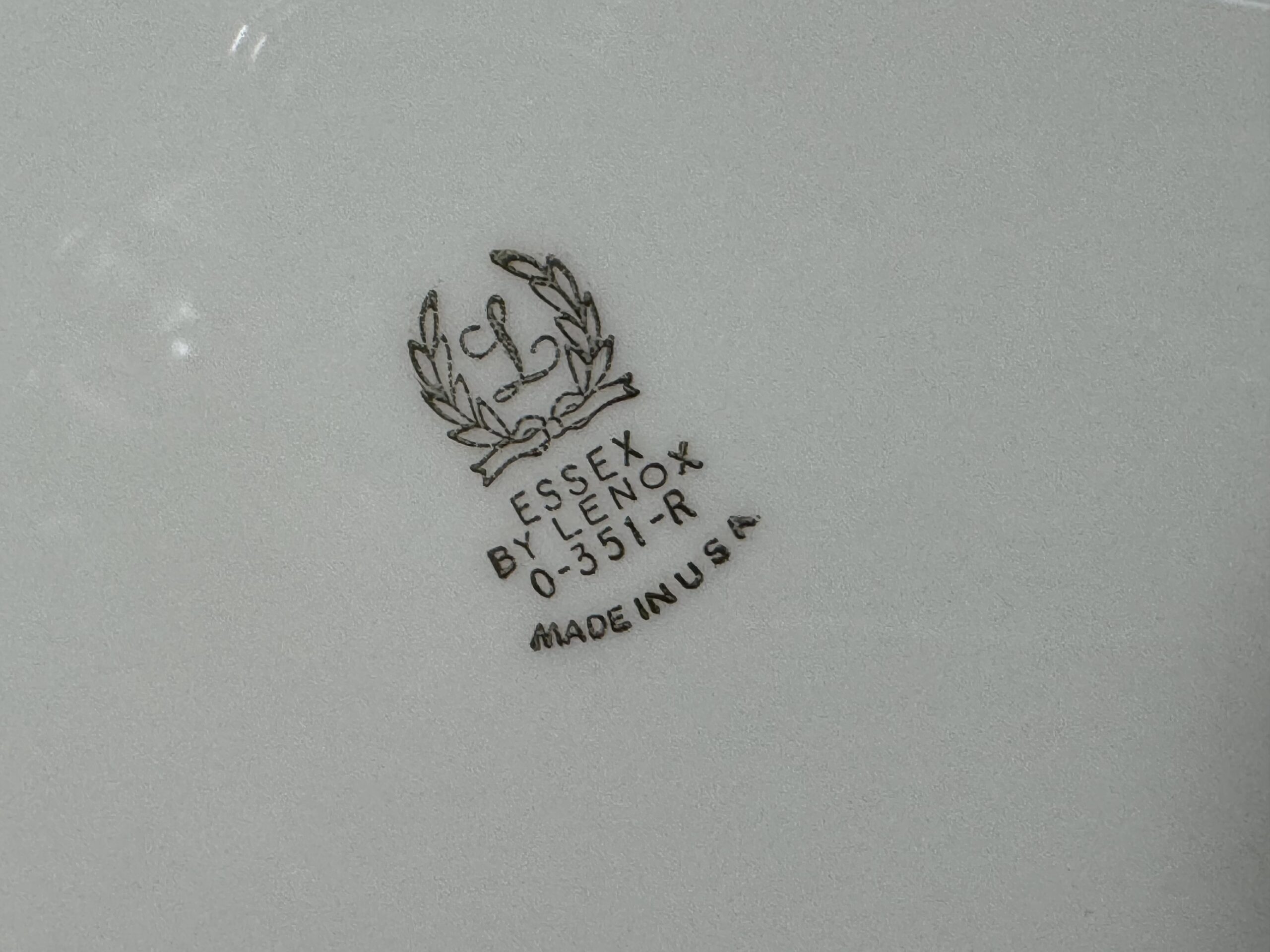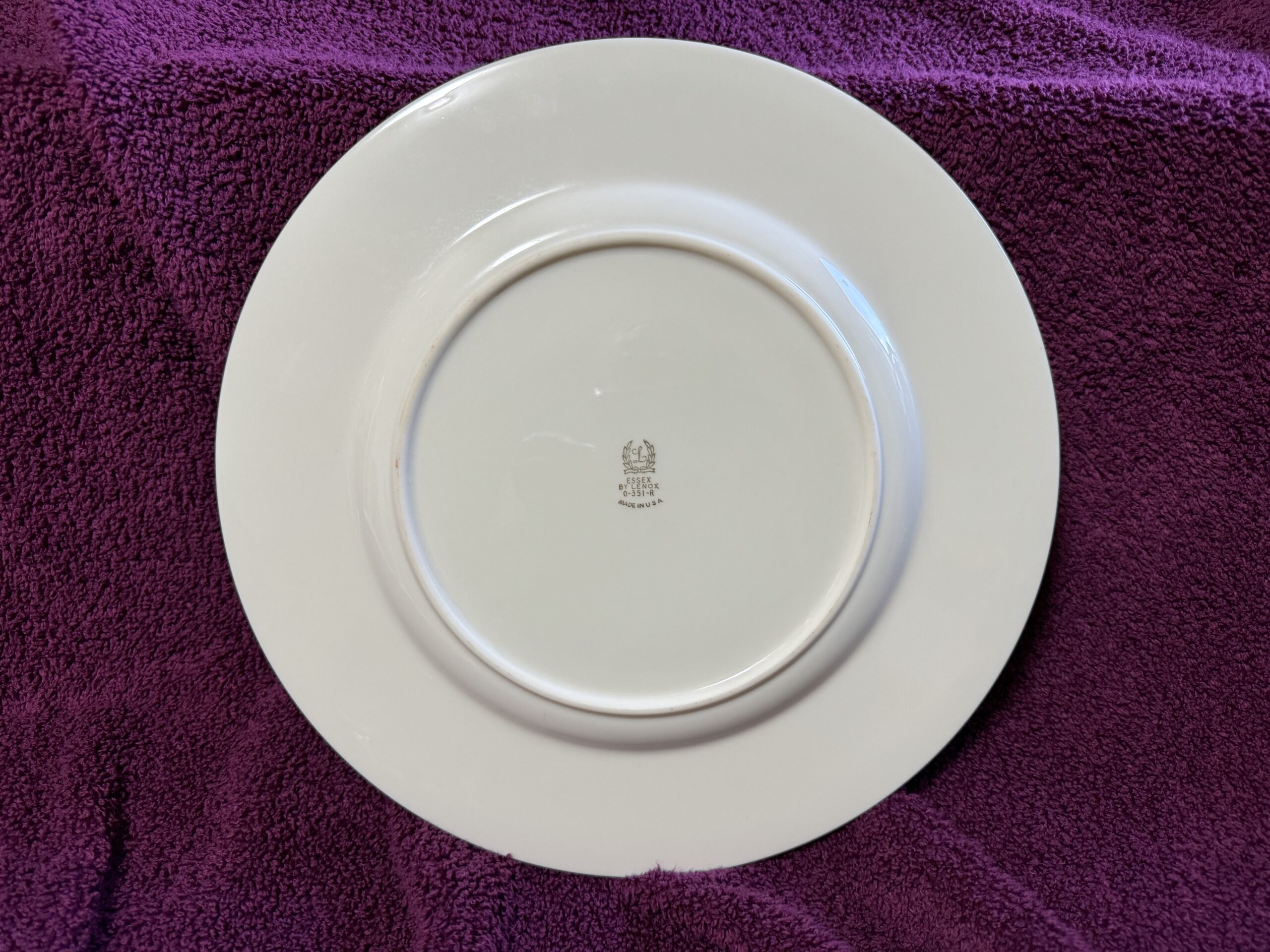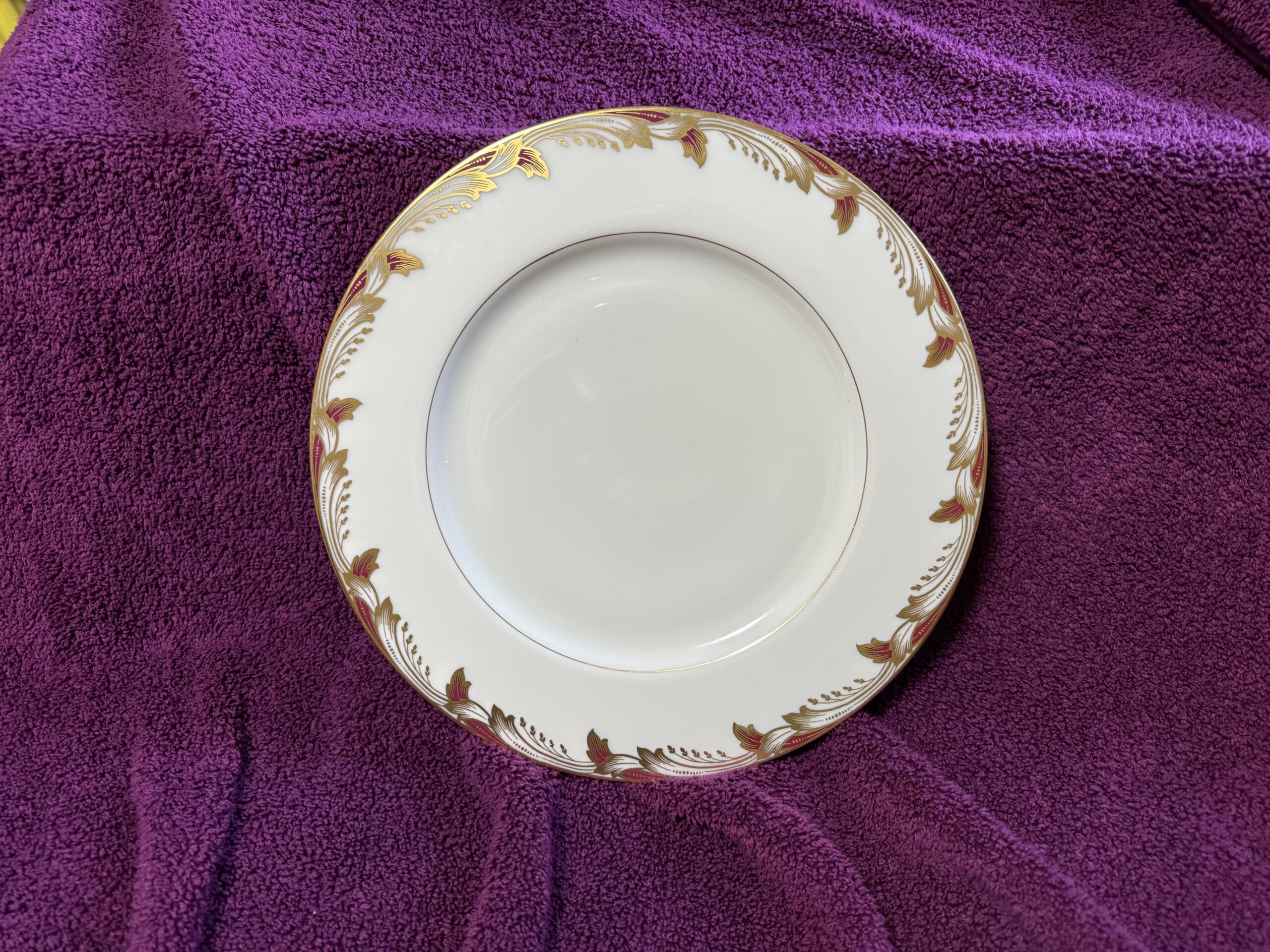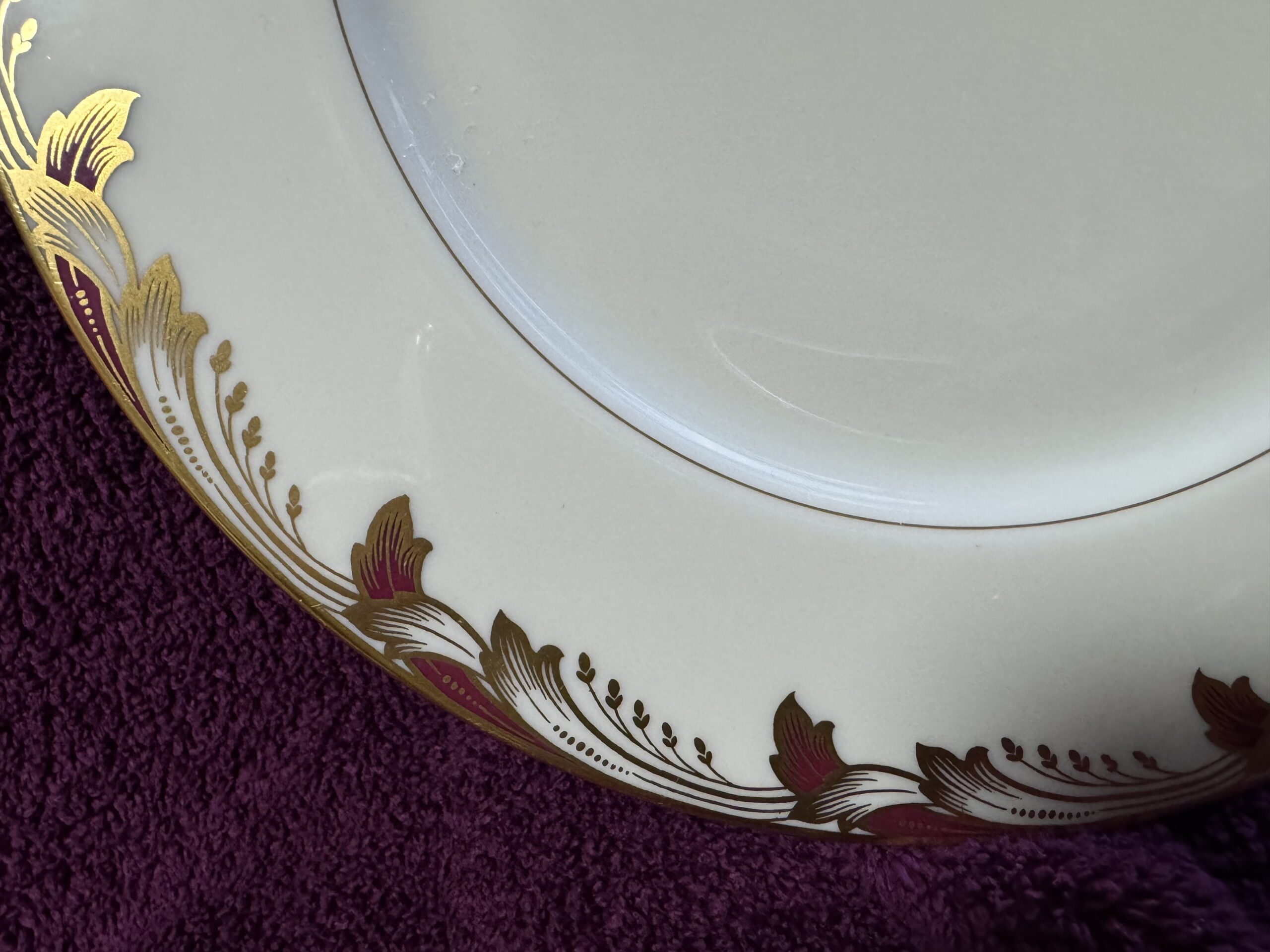XRF test results for Essex by Lenox (0-351-R) — Made in USA: More than 42% Lead in the food surface glaze
For those new to the Lead Safe Mama website:
Tamara Rubin is a multiple-federal-award-winning independent advocate for childhood Lead poisoning prevention and consumer goods safety, and a documentary filmmaker. She is also a mother of Lead-poisoned children (two of her four sons were acutely Lead-poisoned in 2005).
- Tamara owns and runs Lead Safe Mama, LLC — a unique community collaborative woman-owned small business for childhood Lead poisoning prevention and consumer goods safety.
- Since July of 2022, the work of Lead Safe Mama, LLC has been responsible for five product recalls (FDA and CPSC).
- All test results reported on this website are science-based, accurate, and replicable.
- Please check out our press page to see some of the amazing coverage of our work so far this year!
In the interest of publishing quite a few test results quickly, we will be updating this article with more information shortly. As of 2011, anything over 90 ppm Lead is considered unsafe and illegal in items intended for use by children. Dishes are not considered items intended for use by children (on a U.S. federal level), so this level of Lead on the food surface of a dish is not illegal. These dishes are not safe for use with food.
Reading on the center of the food surface:
75-second test (repeated multiple times to confirm results)
- Lead (Pb): 426,500 +/- 28,000 ppm
- Cadmium (Cd): non-detect
- Mercury (Hg): non-detect
- Bromine (Br): non-detect
- Chromium (Cr): 705 +/- 444 ppm
- Vanadium (V): 2,407 +/- 1,212 ppm
- Iron (Fe): 667 +/- 248 ppm
- Copper (Cu): 430 +/- 250 ppm
- Zinc (Zn): 13,800 +/- 900 ppm
- No other metals were detected in consumer goods mode.


Never Miss an Important Article Again!
Join our Email List









I appreciate the valuable, and foundational(!), information provided by articles such as these. In reading the lead results found when testing certain ceramic dishes (such as coffee cups) that hot water goes into, I wonder how much lead is in: Neti Pots ? I’m thinking especially of the ones made of ceramic, and coated with glaze, which are shaped like a small tea pot. Many health-conscious people are probably unaware of their possible lead exposure, from simply using these items — as they were designed to be used. I wonder if there is any way for the resulting hot water to be tested (after it has cooled down of course), so that users could know how much lead content is in the water they are putting up their nose, when irrigating their sinuses. Separate from any salt that may be getting added to the mix also.